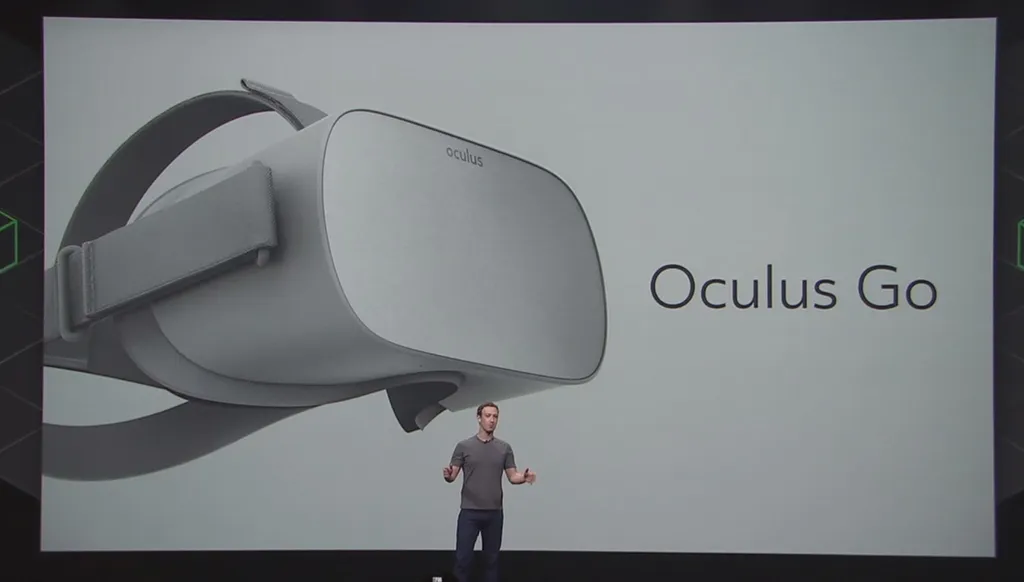Oculus Go, the company’s first standalone VR headset, is very, very similar to Gear VR. In fact, the kit’s innards are essentially a Galaxy S7 smartphone without Android bolted on, allowing you to access much of the content already released on Gear.
There are, however, a few key differences.
The big one is that, obviously, Go is not a smartphone and is entirely dedicated to VR with no background apps to slow down performance. If you’re developing for both Go and Gear, though, Oculus recently put out a few pointers that you should also be aware of.
For starters, there’s a few other blatant things to point out. Go does no have Gear’s on-board touchpad, for example, which means apps shouldn’t refer to it. Each headset’s respective motion controllers, meanwhile, are both identical in the type of control they provide, but look different on the design front. It’s best to change the representation of your controller in your app dependent on the headset, then. Also, as you probably know, Go doesn’t have a camera, and apps that use a phone’s camera on Gear won’t work.
There are two other things to point out, though. Firstly, with no Android integration, Go doesn’t support Google Play Services. That means you can’t rely on features like Firebase or Cloud Messaging, nor third-party systems that utilize that platform. The absence of a 2D phone display also means that some functions like push notifications won’t work.
Other than that, though, it’s supposedly pretty easy to bring your Gear apps to Go. We’ll find out just how well they shape up when the headset finally starts shipping out later this year.


























